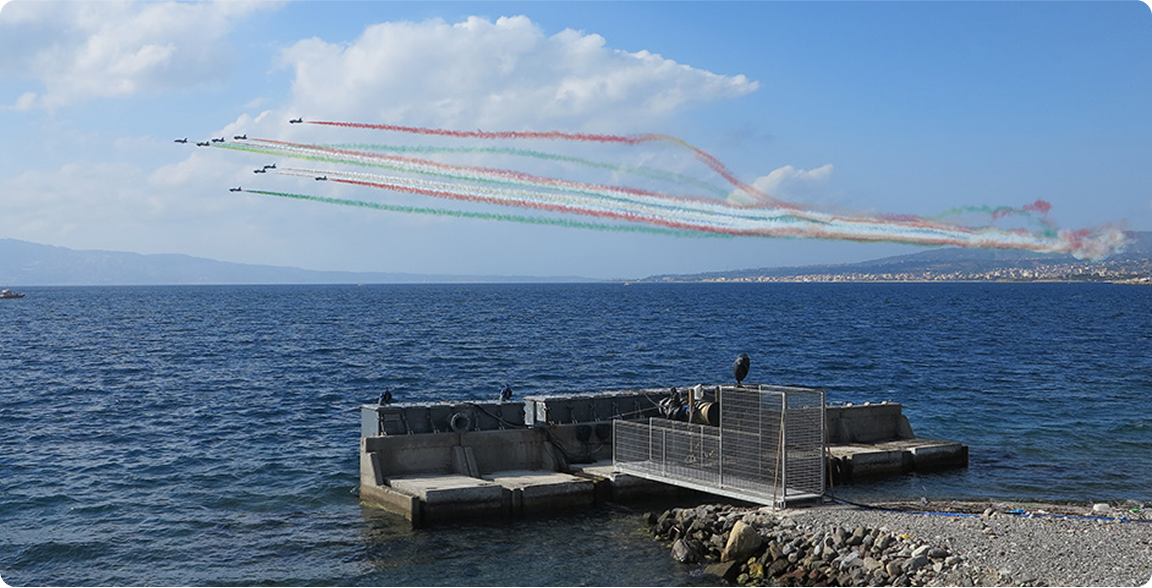The Lab
The NOEL Laboratory is uniquely situated along the coastline and includes its own beach and an adjoining experimental water area located within 50 meters of the shoreline. This setting enables direct access to natural marine conditions for conducting controlled small-scale field experiments.
The laboratory infrastructure comprises several specialized spaces: a modern conference room for meetings and workshops, an electronics station equipped with data acquisition systems and a computer network for real-time monitoring, dedicated offices for researchers, and a fully equipped small workshop for the maintenance and calibration of instruments.
Experimental activities are carried out in the nearshore water area, where prototype models and sensing instruments are deployed to study wave dynamics, hydrodynamic forces, and energy conversion processes. The instruments are connected via underwater and land-based cables to the electronic station, allowing continuous data transmission and visualization. During symposia and training events, visitors can follow the experiments in real time through live monitoring systems, enhancing the educational and demonstrative value of the research.
The NOEL research group in Ocean Engineering and Marine Energy consists of Full Professors, Associate Professors, and Assistant Professors specialized in Ocean Engineering, supported by Postdoctoral Fellows, Ph.D. candidates, and undergraduate students. The group conducts both experimental and numerical research in the fields of marine hydrodynamics, coastal engineering, and renewable ocean energy.
In addition to fundamental research, the group is actively involved in the design and analysis of coastal protection structures—such as caisson breakwaters—and in the development of innovative systems that integrate wave energy conversion technologies into coastal defenses. A notable achievement is the REWEC (Resonant Wave Energy Converter) device, a patented technology that allows coastal structures to produce clean energy from sea waves while preserving their protective function.
Expertise
The NOEL team gained a renown expertise in the fields of:
- water wave mechanics
- short-term wave statistics
- long-term wave statistics
- coastal processes
- wave energy converters
- offshore structures
- reliability of marine structures.
In recent decades, the group has carried out small-scale experiments in a natural basin, where real sea waves are used instead of those created in artificial tanks. This hands-on experience helped the researchers to develop unique skills for conducting experiments directly in natural marine environments.

